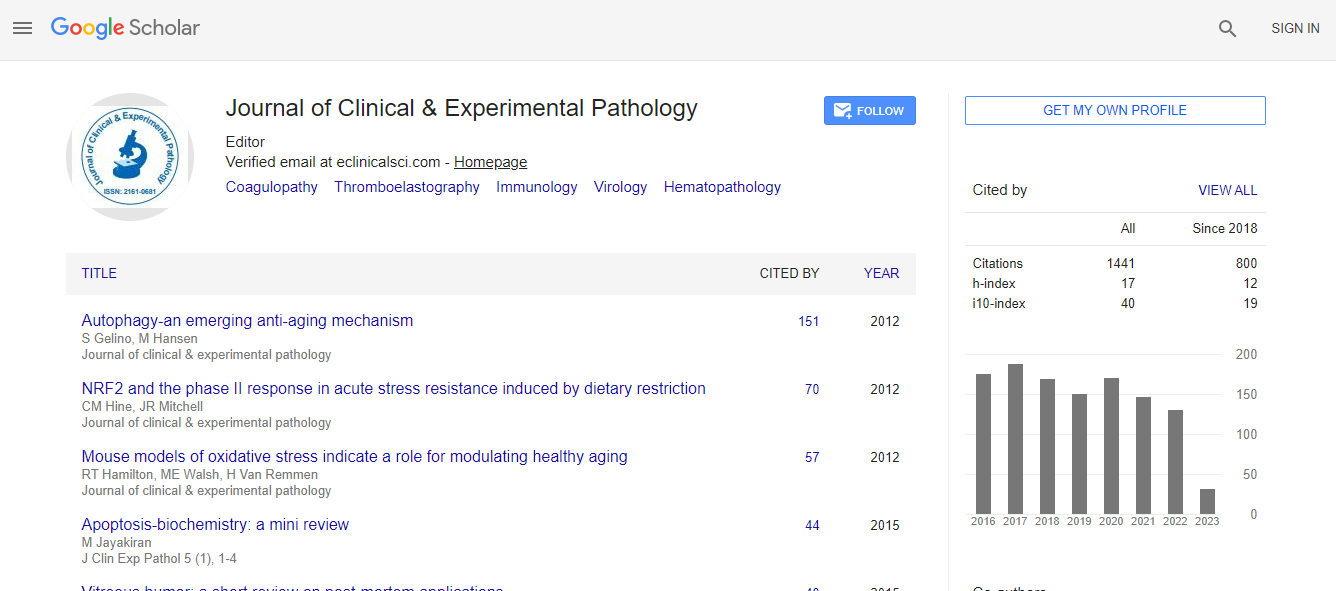Our Group organises 3000+ Global Events every year across USA, Europe & Asia with support from 1000 more scientific Societies and Publishes 700+ Open 91��ɫ Journals which contains over 50000 eminent personalities, reputed scientists as editorial board members.
Open 91��ɫ Journals gaining more Readers and Citations
700 Journals and 15,000,000 Readers Each Journal is getting 25,000+ Readers
Citations : 2975
Indexed In
- Index Copernicus
- Google Scholar
- Sherpa Romeo
- Open J Gate
- Genamics JournalSeek
- JournalTOCs
- Cosmos IF
- Ulrich's Periodicals Directory
- RefSeek
- Directory of Research Journal Indexing (DRJI)
- Hamdard University
- EBSCO A-Z
- OCLC- WorldCat
- Publons
- Geneva Foundation for Medical Education and Research
- Euro Pub
- ICMJE
- world cat
- journal seek genamics
- j-gate
- esji (eurasian scientific journal index)
Useful Links
Recommended Journals
Related Subjects
Share This Page
The newborn infant is not a miniature adult
12th International Conference on Pediatric Pathology & Laboratory Medicine
Mirjalili S Ali, Shane R Tubbs and Lawrence Rizzolo
University of Auckland, New Zealand Birmingham Children's Hospital, UK University of Yale, USA
Posters & Accepted Abstracts: J Clin Exp Pathol
DOI:
Abstract
Introduction: Pediatric anatomy has been neglected throughout medical history. In 1973, Professor Crelin published the first atlas of human infant anatomy in medical history. He himself illustrated ��?Anatomy of the Newborn�, a work that took six years to complete. This atlas is accompanied by an 87-page text called ��?Functional Anatomy of the Newborn�. The significance of his works brings new light to the question: Is it not time to revisit pediatric anatomy in view of modern imaging technology? Resources: The journal Clinical Anatomy has recently published its second special edition on surface anatomy with a number of studies on children. This highlighted the differences not only between children and adults, but also throughout growth. Description: Important examples are the termination of the spinal cord (the conus medullaris) and the duodenojejunal flexure (DJF). The former is at a median level of the L2 vertebra in the neonate compared to the lower border of L1 in adults. Variable anatomy means that in some infants, the conus medullaris may lie as low as L3. The supracristal plane between the highest points of the iliac crests is slightly higher (L3/4); a lumbar puncture in the newborn should not be performed above this level. Another example is the position of the DJF, a marker of intestinal rotation, which was consistently found to the left of midline but at highly variable vertebral levels (T11-L3). Significance: These two examples demonstrate the urgent need for extensive and systematic research in pediatric anatomy by clinical anatomists around the globe.Biography
Email: a.mirjalili@auckland.ac.nz

